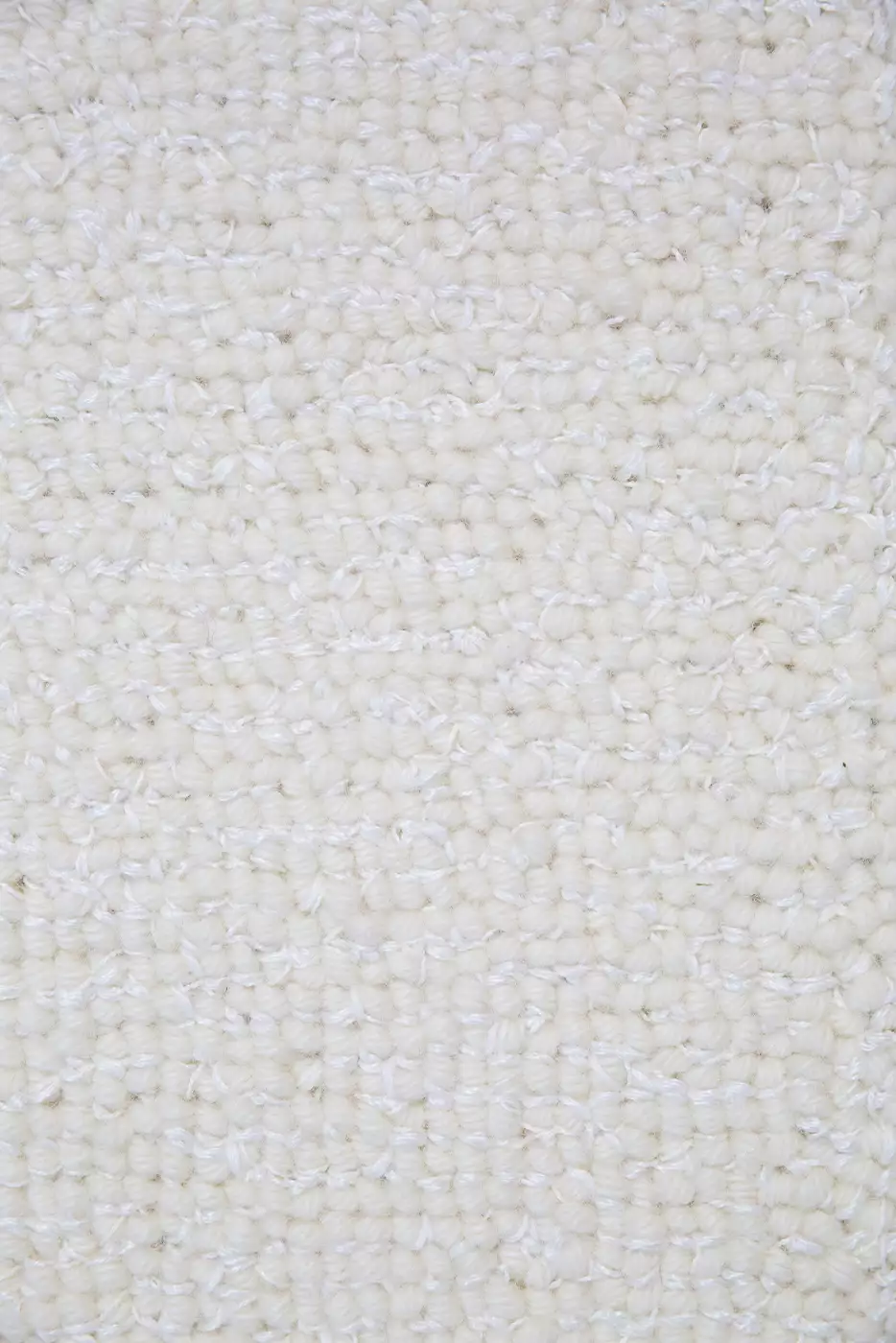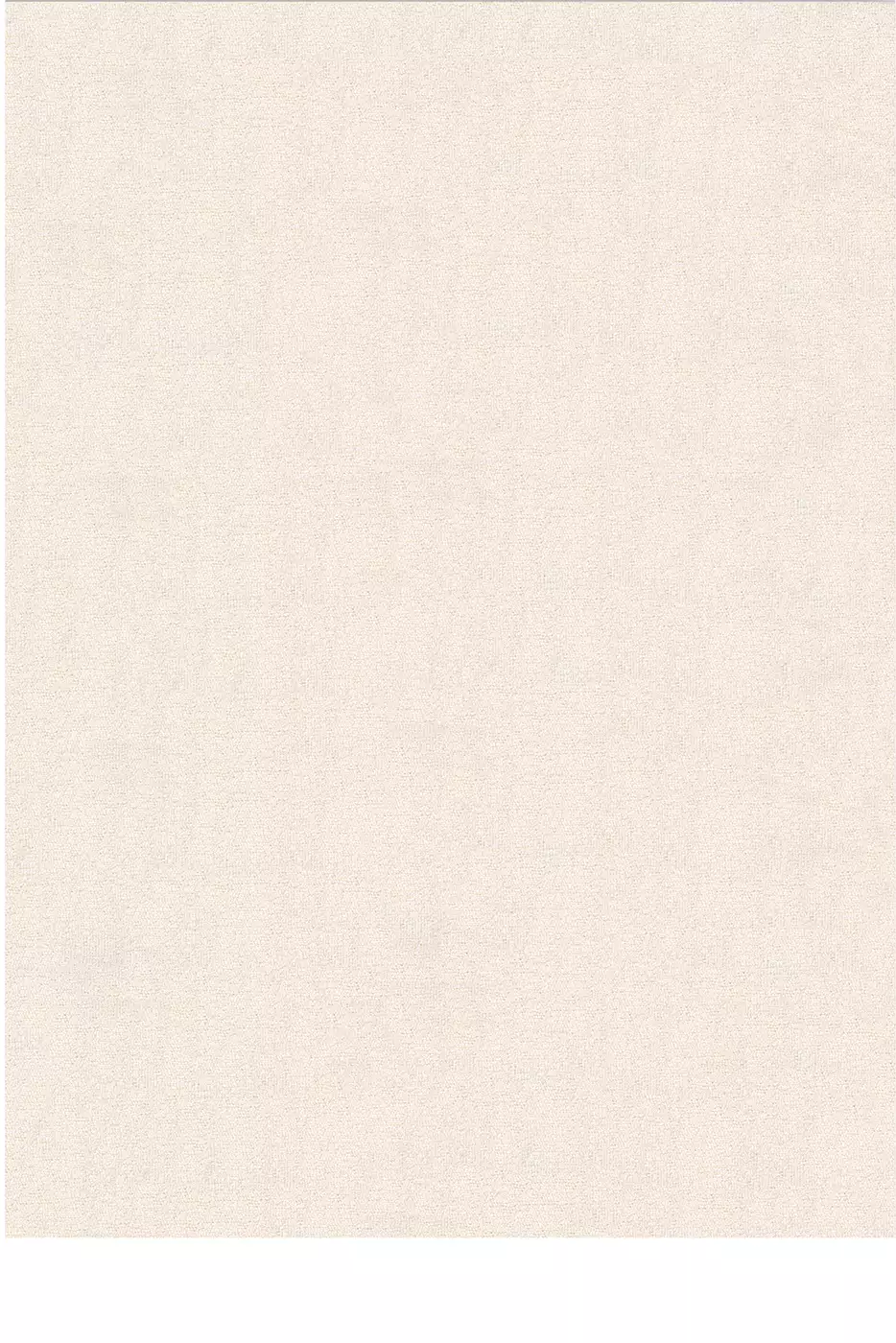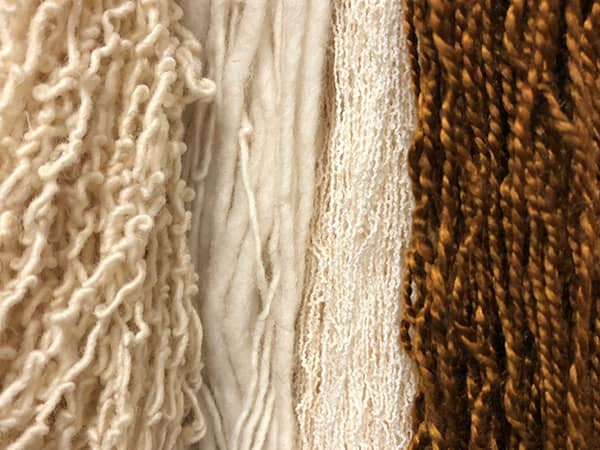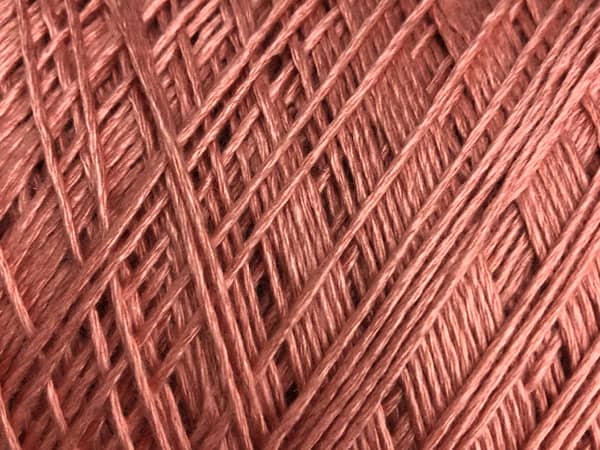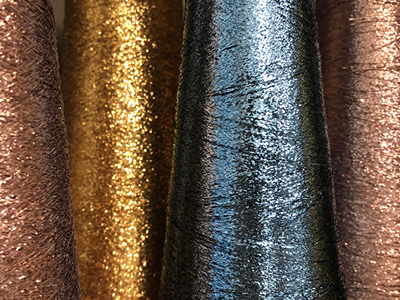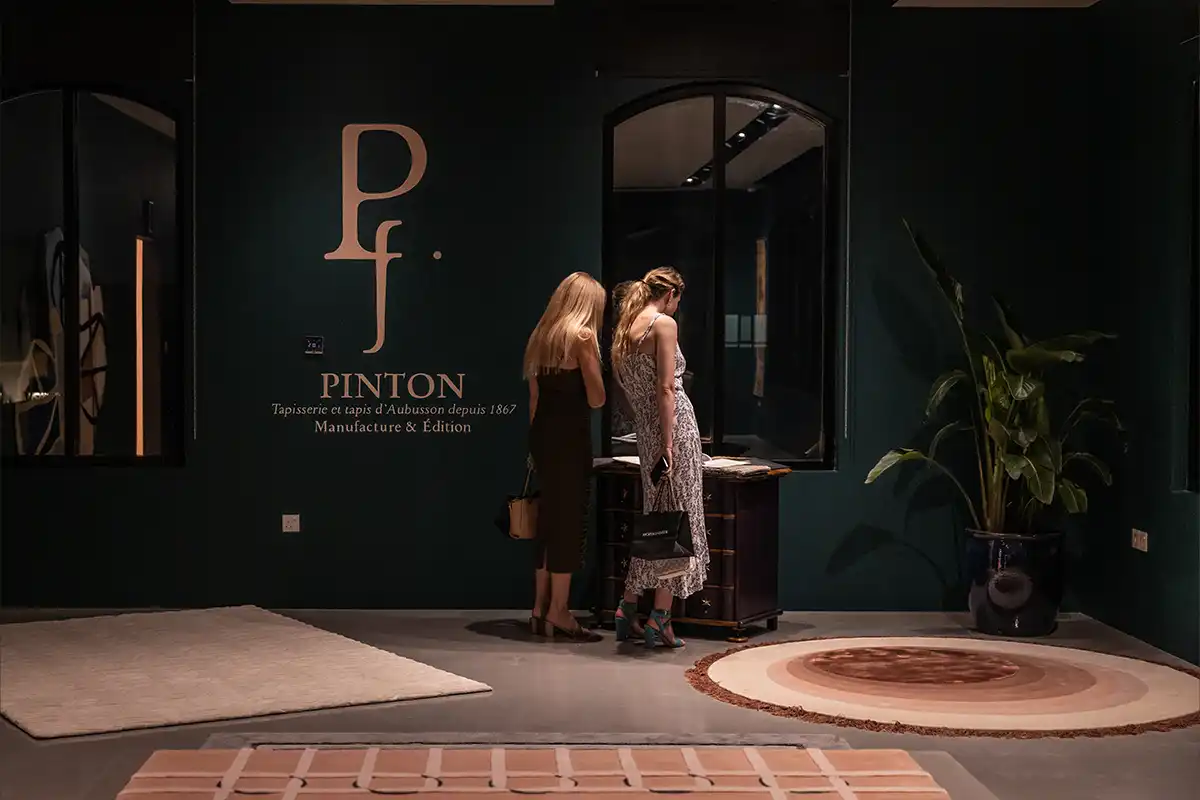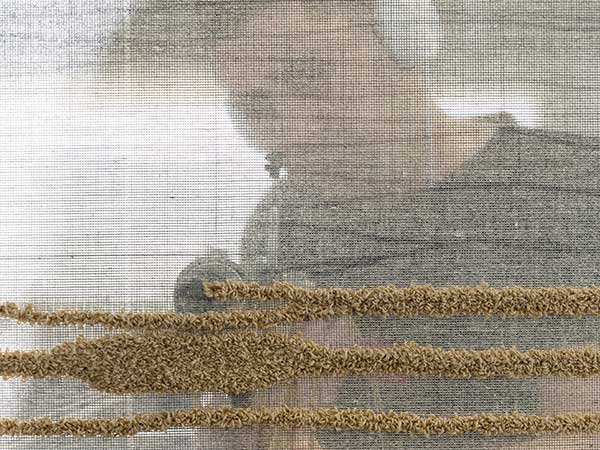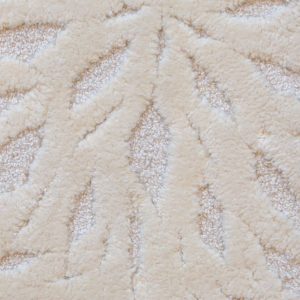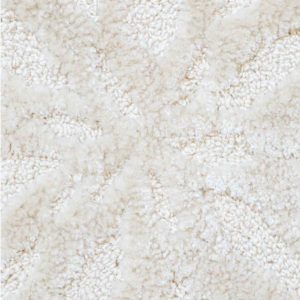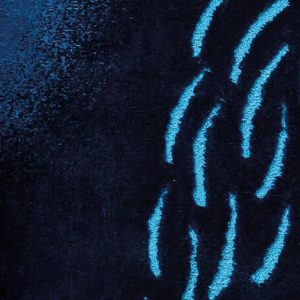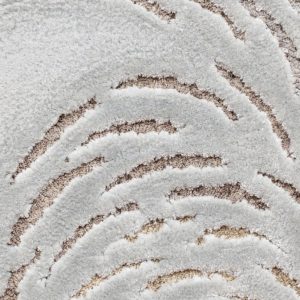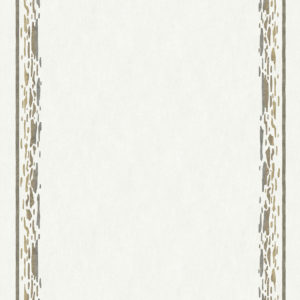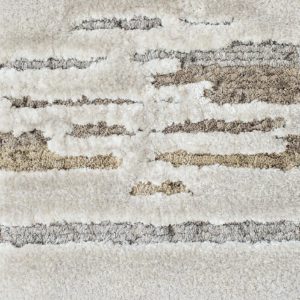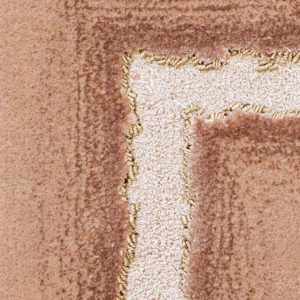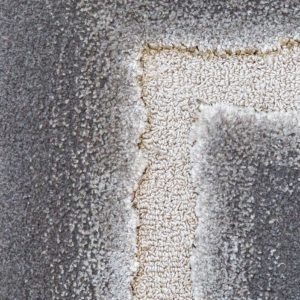craie #1
1017,00€
by Pinton Studio Lab
ATLAS COLLECTION
MATERIALS Laine, Tencel, Wool, Lurex & Baccara
TECHNIQUE Tufté main
DIMENSIONS au choix
PRICE ON REQUEST. CONTACT US.描述
wool
Wool is an animal fibre, most often derived from sheep fleece. Wool was already being spun as early as 5,000 BC. In Roman times, wool, leather and linen were the main materials used to make clothes. With the progressive development of mechanical processes and the evolution of breeding techniques, wool became the economic lung of several countries in the Xth century, and again in the XIIth. Renowned for its thermal and sound insulation properties, wool also offers the advantage of absorbing moisture. It is a noble and timeless material, used from time immemorial for its strength and durability. PINTON uses local wool with shorter carded fibres, which make it fluffier and give it more volume, or a specific type of wool from New-Zealand with long combed fibres that are more resistant to heavy traffic. Both types of wool are spun (carded or combed) and dyed in the spinning plant located in Felletin. Whether they are made in 100% pure virgin wool or blended with other materials like linen, silk, bamboo, leather or many others, PINTON wool rugs and carpets bring comfort and quality.
tencel
Tencel®, which is a registered trademark and another name for lyocell, is produced from wood pulp, usually eucalyptus. It emerged very recently in the textile industry: made for the first time at the end of the 1980s, it was marketed in 1992. Produced in Europe, this material is particularly innovative. Its production process is very quick since it takes only two hours from wood harvesting to spinning. Cultivating the timber necessary to its production is a particularly clean process: it needs very little water and no pesticides. This textile fibre is very soft to the touch, elastic, resistant and durable. It has excellent moisture absorption properties while remaining dry on the surface. Lyocell lends itself perfectly to blending with other materials and gives PINTON rugs a very smooth contemporary twist.
lurex
Metallic, shiny or glittering effects have always fascinated, symbolically associated with light, sun and sophistication. The invention of Lurex dates back to the XXth century, to 1946 to be precise. A polyester textile thread coated in a layer of metal to produce a shiny or shimmering look, Lurex is a light and flexible thread that comes in a large palette of colours. “Threads made for designers” is one of the main slogans of the company that registered the Lurex trademark. Indeed, since its invention this fibre has been inspiring both fashion and decorative art designers to create extravagant, subtle and elegant pieces. Combined with other materials in the production of PINTON rugs, Lurex does not diminish their softness. It gives them a touch of sophistication and chic, with understated patterns and delicate and infinite light reflections.
hand tufted
The hand tufting technique is a process combining centuries-old skills and modern weaving tools. The canvas is perfectly stretched over an upright loom and the craftsperson transfers by hand the future design of the rug with the utmost precision. Threads are inserted manually, one by one, working with a gun on the back of the canvas, following the colours, the drawing and the different tuft heights. PINTON was one of the first manufactories to use the gun tufting technique to produce some of its rugs and carpets and is the only French workshop offering very high quality tufted rugs. With this technique, production times are reduced compared to the knotted stitch weave or point noué. Finally, hand tufting offers a large range of possible depths. Carving is the technique that consists in sculpting the wool and creating textures within the woven rug. Since the early 1990s, PINTON has been specialising in the production of hand tufted rugs for which it also collaborates with famous designers and artists.

